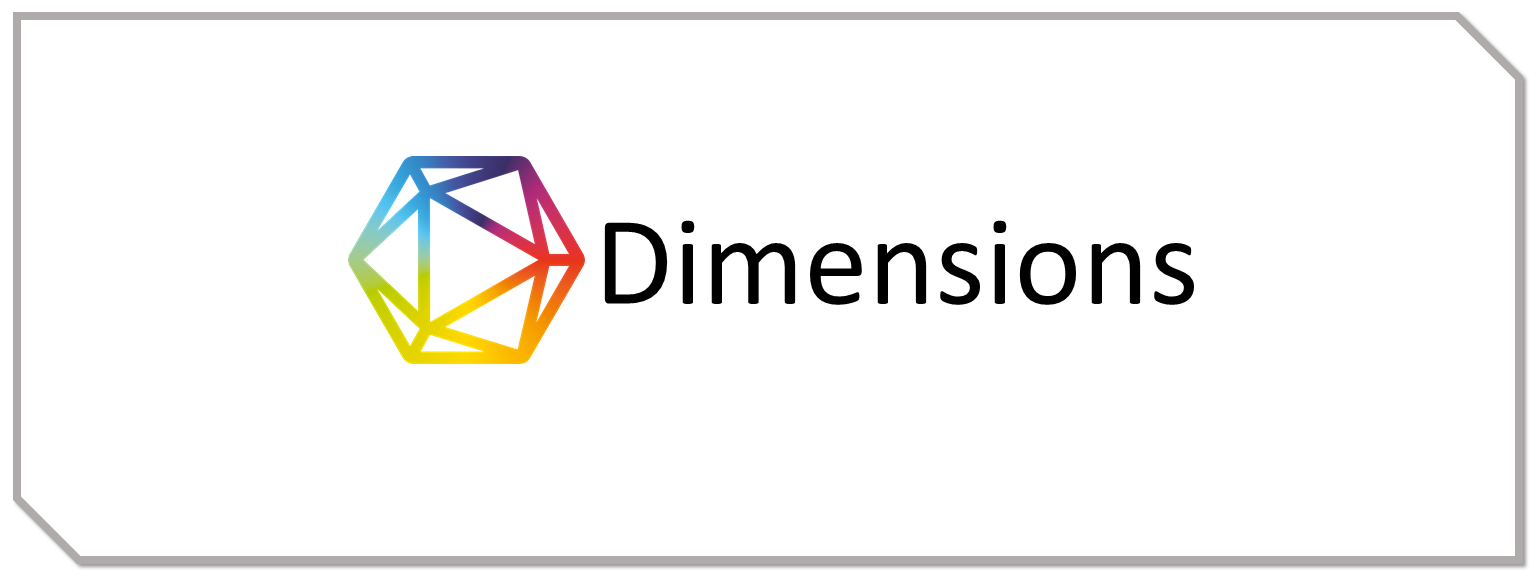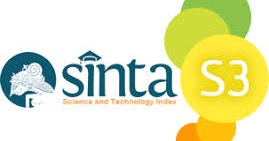Religious-Spirituality Approach to Post-Stroke Depression Patients: An Evidence-Based Case Report
Introduction: Stroke patients can develop a risk of depression due to decreased physiological and psychological functions. Management of post-stroke depression is one of the challenges in the care of stroke patients. A religious/spirituality management approach can be an alternative in the management of post-stroke depression. This evidence-based management is to evaluate management options with a religiosity/spirituality approach to reduce the risk of post-stroke depression. Case: A 54-year-old female patient came with her husband with complaints of changes in feelings and emotions, accompanied by difficulty sleeping and headaches. She felt dissatisfied with her religious worship properly. The patient was diagnosed with organic depression due to stroke. Discussion: Three quantitative studies have shown that a religiosity/spirituality approach in the management of post-stroke patients has the effect of reducing depression in patients through increased efficacy and self-acceptance. Based on three qualitative studies, it shows the effect of the religiosity/spirituality approach as a coping mechanism that can reduce depressive symptoms. The lack of quality of the study makes the religiosity/spirituality approach to reduce depression in the management of post-stroke patients need further study regarding its effectiveness and its effect on the wider population. Conclusion: The religiosity/spirituality approach can reduce depression and is suggested as one of the management options for post-stroke patients.
Copyright (c) 2025 Sausan, Muhammad Luthfi Adnan, Baiq Rohaslia Rhadiana

This work is licensed under a Creative Commons Attribution-ShareAlike 4.0 International License.
1. Copyright of this journal is possession of the Author, by the knowledge of the Editorial Board and Journal Manager, while the moral right of the publication belongs to the author.
2. The journal allows the author(s) to retain publishing rights without restrictions.
3. The articles are published under a Creative Commons Attribution Share-Alike (CC BY-SA) license. Many research funding bodies prefer the CC BY-SA license because it allows for maximum dissemination and re-use of open access materials. Users are free to share (copy, distribute, and transmit) and remix (adapt) the contribution under this license, including for commercial purposes, as long as they attribute the contribution in the manner specified by the author or licensor.

























